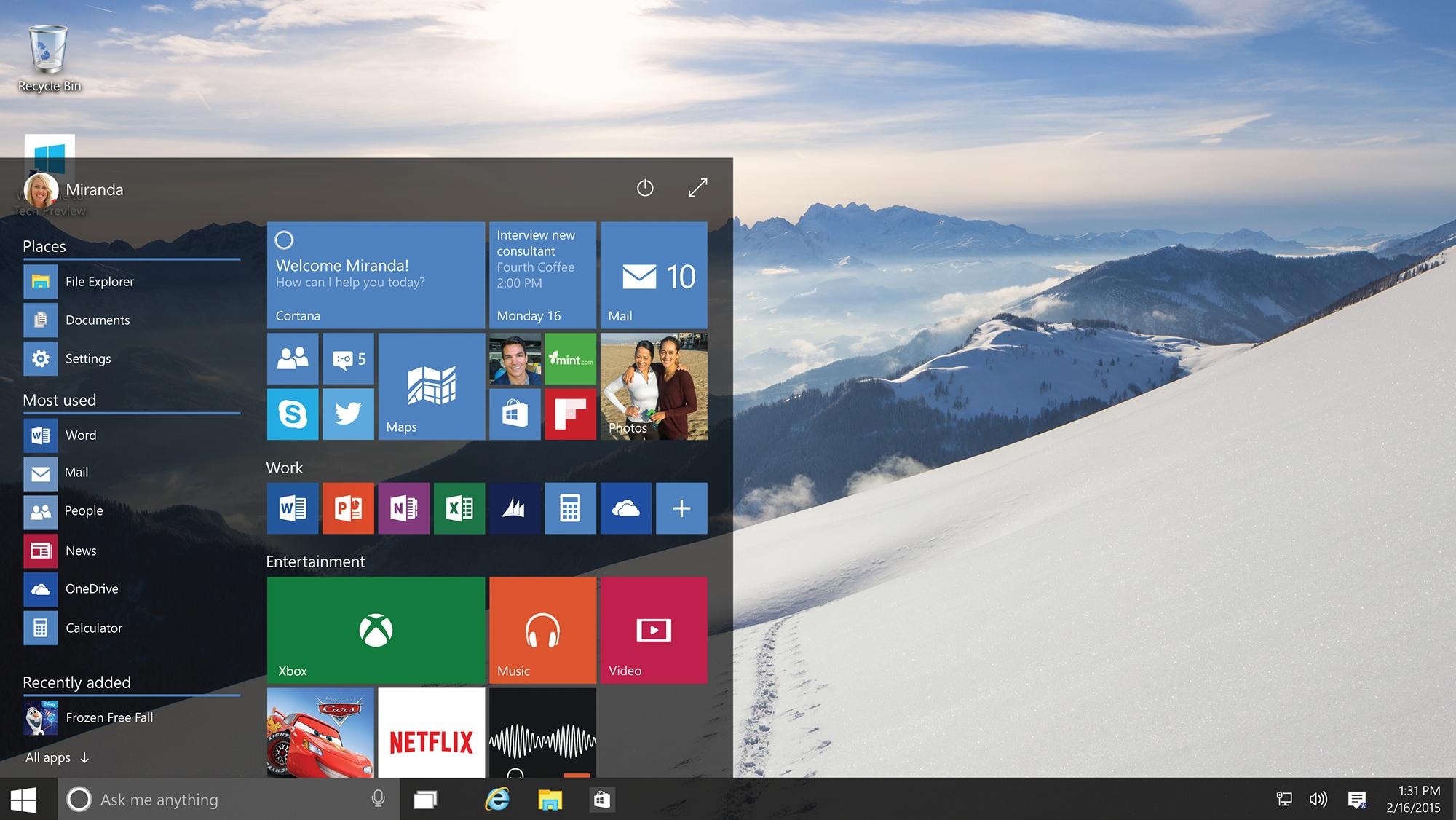Microsoft’s Windows 10’s global usage share has quintupled since its July 29 launch, according to new data.
Usage share, a measure of how active Windows 10 users have been on the Internet, stood at 3.2% at the end of Wednesday (05/08/2015), data from analytics vendor StatCounter showed. That was a five-fold increase over the 0.6% logged by Windows 10 a week before, the first day Microsoft started serving the upgrade to members of its Insiders testing programme.
Wednesday’s 3.2% was Windows 10’s highest post-launch point so far, edging out the 3% milestone reached on Sunday, Aug. 2. In the following days, Windows 10’s usage share dipped to 2.8% on Monday, then climbed to nearly 3% on Tuesday.
The up-and-down was not unusual: consumer-oriented operating systems typically peak on weekends, then fall when people return to work, where they are often sitting in front of an older OS on their office devices.
And Windows 10 strongly slants towards consumers at this point. The free limited-time upgrade from Windows 7 and Windows 8.1 is being offered primarily to devices running a consumer version of the past two editions; the Enterprise stock-keeping unit (SKU) widely used by businesses is not eligible, and smaller shops running a Pro or Professional version are more likely to hold off upgrading.
Consumers are consistently the quickest to upgrade, a habit that has been responsible for the rapid uptake of Apple’s OS X editions over the years. Less than a year after its fall 2014 launch, for example, OS X Yosemite, aka 10.10, powered 62% of all Macs, a share Windows 7 needed more than five years to reach.
Although Windows 10’s usage share in the US remained higher than the worldwide number — yesterday it was 4.1% — the OS has not yet returned to the high-water mark of Sunday, when it recorded 4.3%.
Windows 10’s adoption pace has been much faster, with a greater portion of the PC-owning pool migrating to it, than the best comparative available: The perception-plagued Windows 8.1, released in October 2013. Like Windows 10, 8.1 was a free upgrade, although only for the relatively small number of users who had already moved to Windows 8.
At the end of its seventh day after release — to match Wednesday for Windows 10 — Windows 8.1 had accumulated a mere 0.6% user share, less than a fifth that of its successor.
Gregg Keizer, IDG News Service








Subscribers 0
Fans 0
Followers 0
Followers